Welcome to the first installment of our four-part series on wildfire hazard and risk management, where we will explore CoreLogic’s wildfire risk models and their optimal use within the insurance industry ecosystem. Watch for part two, which will be released in the coming weeks.
The CoreLogic® Wildfire Risk Score is a crucial tool that enables underwriters to easily distinguish areas of exceedingly high- and low-wildfire risk. The risk score is also valuable for actuaries who can use the score to better assess a home’s value.
The CoreLogic Wildfire Risk Score is an easy-to-use, comprehensive, 5-100 score that accounts for both the wildfire hazard at any given location within the geographic extent of the model as well as the location’s proximity to ember-generating, high-risk areas; information pertaining to wildland locations; and recent wildfire events. The risk score incorporates factors influencing wildfire hazard, such as slope, aspect, fuel, surface composition, drought and wind, at a 30-meter resolution across 16 modeled states.
Effective Risk Assessment and Management Require a Complete View
Two complementing views of hazard within the CoreLogic Wildfire Risk Score are intended to provide a comprehensive understanding of the wildfire peril and its dynamic nature. The likelihood of a wildfire occurring in the same area within a limited timespan may decline due to the fact that the vegetation necessary to fuel a fire has already been consumed. This temporary decrease in risk in the aftermath of fires is crucial to consider when evaluating hazard and risk.
However, wildfire activity does not permanently alter the hazard; post-wildfire vegetation regrows. The hazard can return to pre-wildfire levels within two to eight years, but there are cases when this regrowth can take longer after a fire occurs. The Wildfire Risk Score accounts for the temporarily reduced state of wildfire hazard in a given area and the annual model update incorporates the most recent year’s wildfire events.
If a fire affected a particular area, the Wildfire Risk Score provides an additional metric called the preburn score. The preburn score intends to provide the hazard assessment prior to any recent fire. It is an indicator of what the hazard will return to following vegetation regrowth.
The current and preburn view of wildfire hazard are important data points to include in a wildfire risk managers toolbox. A comprehensive understanding of the hazard today, combined with how the hazard may change, will best inform risk assessment within the context of wildfires.
CoreLogic released its annual Wildfire Risk Report on August 10. The 2023 report uses Wildfire Risk Score data to detail wildfire risk across the western United States and highlights the areas with the greatest concentration of residential properties that we identified to have high wildfire risk. Ready to learn more? Register here for CoreLogic’s Fire on the Horizon webinar on September 12.
Contact: Please email HazardRisk@Corelogic.com for any questions regarding your wildfire risk or the CoreLogic Wildfire Risk Score, or any CoreLogic Wildfire products.
Please visit www.HazardHQ.com for up-to-date information on current natural catastrophe activity across the globe.
©2023 CoreLogic, Inc. All rights reserved. The CoreLogic statements and information in this report may not be reproduced or used in any form without express written permission. While all the CoreLogic statements and information are believed to be accurate, CoreLogic makes no representation or warranty as to the completeness or accuracy of the statements and information and assumes no responsibility whatsoever for the information and statements or any reliance thereon. CoreLogic® is the registered trademark of CoreLogic, Inc. and/or its subsidiaries.



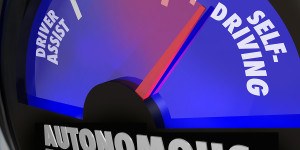
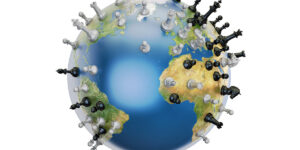
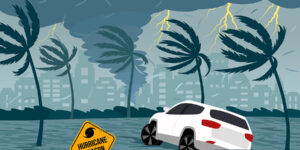
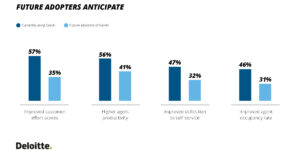



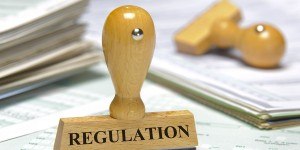
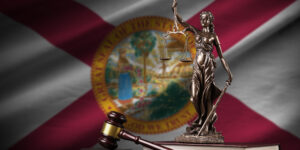




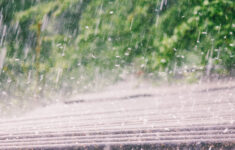



 LexisNexis: Loss Costs Rise for All Home Insurance Perils
LexisNexis: Loss Costs Rise for All Home Insurance Perils 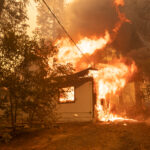 Allstate Will Insure California Homes Again, Under One Condition
Allstate Will Insure California Homes Again, Under One Condition  Lemonade Books Q1 Net Income Loss But Sees Progress
Lemonade Books Q1 Net Income Loss But Sees Progress  Berkshire’s ‘Most Important’ Biz Drives Q1 Results; GEICO Still Behind on Tech
Berkshire’s ‘Most Important’ Biz Drives Q1 Results; GEICO Still Behind on Tech 